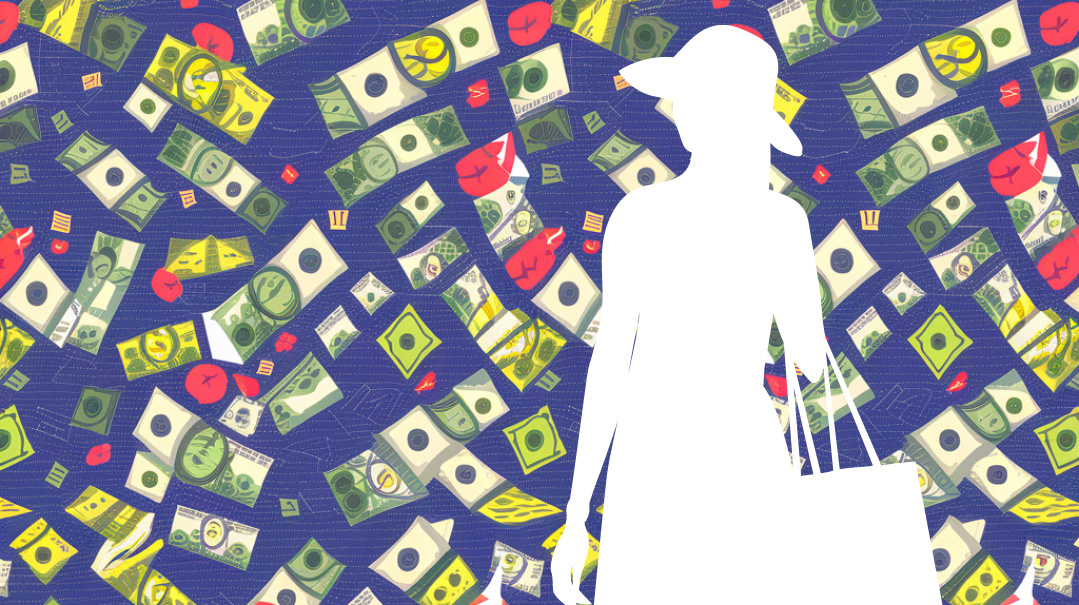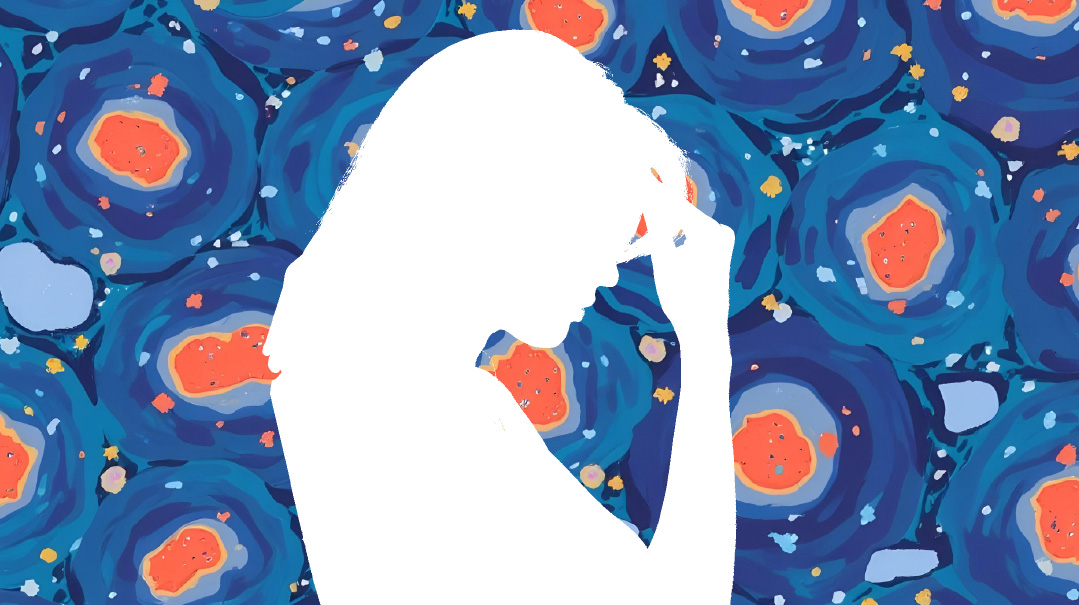Celiac

Celiac isn’t a fad; it exists whether you “believe” in it or not — an actual, measurable, biological reality

As told to Shaina King
When the doctor called to tell me that my five-year-old daughter tested positive for celiac disease, I was shocked. She’d been out of sorts for a while, but we were just doing routine bloodwork to rule anything out. The doctor had tacked on the celiac test as an afterthought.
Well, it would never be an afterthought again.
Celiac is an autoimmune disease triggered in response to the ingestion of gluten — a protein found in wheat, barley, and rye. The body mounts an immune response against the small intestine. Celiac isn’t a fad; it exists whether you “believe” in it or not — an actual, measurable, biological reality. You cannot wish it away (I know, I’ve tried) and ignoring the disease will result in severe illness.
Celiac is simple to manage. You don’t even need meds. All you have to do is completely eliminate gluten from your diet. So just don’t eat any bread, challah, bagels, pizza, pasta, pretzels, cookies, cake, pastries, crackers, fish sticks, knishes, breaded schnitzel, store-bought French fries, or take-out food. Ever again.
Go tell that to your five-year-old.
But you do what you have to do, right? I tried to expand the repertoire of foods my daughter was willing to eat while simultaneously recreating gluten-free (GF) versions of her favorites. It was a messy, expensive, time-consuming project. I remember opening my pantry one day and staring at the ingredients: rice flour and tapioca starch and xanthan gum. I felt like I was in a science lab.
Having a young child with celiac sometimes feels like a full-time job. My daughter was diagnosed in the summer. The day camp she attended did a baking activity every week on Thursdays. We arranged that they’d tell me in advance what they were planning, and I’d send in a GF sub. So, the week they made challah I sent in a GF dough, and the week they made cookies I sent in a GF batter.
One week they were making this adorable, edible Mommy-bentshing-licht. In 100-degree heat, I ran around to five (FIVE!) stores to find each of the components in a GF version. “Oh!” the morah said when I dropped everything off. “We actually decided to make something else instead.” Whenever I remember this, I recall how HOT I was.
In general, people try to be understanding. But not always. When the school year started, I talked to the administration and her teachers, and we made a plan for how to accommodate my daughter. I even gave the teacher a list of foods that were GF. When I arrived at the classroom for parent orientation, I was glad to notice the list taped to the supply closet.
But I wasn’t the only one who noticed it. Another mother read it, rolled her eyes, and said loudly, “I can’t stand when mothers torture their kids over this gluten-free meshuggaas.”
She was clueless, but it stung.
Two years later, we’ve adjusted. Breakfast is easy, because lots of cereals are GF, like Cheerios and Chex. Supper isn’t too hard either — most supper staples are naturally GF, and for starches, we favor rice and potatoes (and Ronzoni makes great GF pastas). I make my own GF breadcrumbs by crushing Corn Chex in the food processor.
But lunch is a real problem. My daughter can’t have any form of bread, which rules out 99 percent of lunch options. (GF bread is okay to fill in when you need to wash on Shabbos, but it’s not all that appealing.) There was a phase when she ate rice cakes and cheese every day, which were GF, but not filling or nutritious. Sometimes she’ll have yogurt; I know some kids eat salad, but I’m not so lucky. At home we make GF pasta or pizza bagels, but she won’t eat those cold at school.
It’s also expensive. Finding food that isn’t junk, is filling, nutritious, and GF is complicated and costly.
Restaurants and take-out places are basically off limits — even if by some miracle there’s a dish that’s GF, there’s no way to ensure there’s no cross-contamination. Going on a playdate necessitates a whole explanation, and going away for Shabbos is a headache — will our host be able to accommodate her? If not, will they be insulted if we bring our own food? Is it even worth going if we have to bring our own food? Going to a Shabbos simchah is overwhelming, and going on vacation means taking everything you need with you wherever you go.
Although I try, you can’t be prepared for everything. My daughter sometimes comes home from school upset because everyone got cupcakes, and she only got a bag of chips. Once the teacher let me know in advance that the class was having pizza in honor of Chanukah, so I left work and dropped off a piping hot slice of GF pizza. But they’d forgotten to tell me they were also giving out doughnuts.
“At some point she’s going to have to get used to the fact that she can’t eat what everyone else is eating,” someone once said to me. No kidding! She’s getting used to it every day; why not make life a little easier for her?
I try not to judge people. If it weren’t for my own experience, I probably wouldn’t get it either. I don’t know if I would have been so understanding, but I appreciate everyone who is. They’re an inspiration.
Shortly after my daughter’s diagnosis, we went to my mother-in-law for Shabbos. This was our first Shabbos away since we’d gone GF, and I was very anxious about it.
When we walked in, my mother-in-law hugged my daughter and brought her into the kitchen. “In this house,” she told her, “you can eat anything. Everything is gluten-free.”
And it was — the challah, the knaidlach, the kugels, the dessert. Even the foods we all knew my daughter would never touch, like salmon and breaded chicken, were GF.
My daughter felt so free, and I was able to relax. It was a true demonstration of “nosei b’ol,” and so comforting that we had such support. Weeks later, my daughter was still telling people, “In Savta’s house, I can eat anything.”
People Don’t Realize:
- Gluten is so pervasive. It’s in French fries and candy and snacks and spice mixes and ice creams and sauces and…
- You can’t just go somewhere and figure out what you'll eat when you get there.
- Every time my daughter can’t have what everyone else is having — which happens all the time — it’s hard for her. She might be accustomed to it, but it still hurts. Every extra kindness and thoughtful gesture is so appreciated.
- When I ask about the food you’re serving, I’m not being rude. This is her health. It’s a real thing, not just a shtick I’m trying to impose on you.
How You Can Help:
- If a child with celiac disease is playing with your kids, don’t offer your kids a treat or snack with gluten. If you’re sending treats to school in honor of your child’s birthday or a siyum, it would be so thoughtful if you included something my child could enjoy. You can call me (or the teacher) for ideas.
- Do your best to be supportive. Ask questions, don’t make assumptions about what is or isn’t okay. Be extra kind and extra accommodating, even (especially) when it’s inconvenient. It’s not their fault, it’s not a choice they made.
For Celiac Sufferers:
- When you’re first diagnosed, it seems like the worst thing — a life sentence. But it becomes routine and gets easier. It becomes normal. You’ll be okay.
- It can be isolating to feel like no one understands what a global impact celiac has on your life. I joined a GF group chat where we trade ideas and support each other. Just having others who know what it’s like is helpful.
- There’s a complete cure for celiac disease — and that's a GF diet. Once you stick with it, all the effects of the autoimmune disorder disappear. And that's why it's so important to stick to it, without "cheating."
(Originally featured in Family First, Issue 765)
Oops! We could not locate your form.












